This week, I made a birthday crown for Ember. It was a rare opportunity… As my son’s primary caregiver, I do most of my crafting in the spaces between activities– on park benches, subways, etc, as we move through our day together. However, on this particular day, I was nine months pregnant, and sick with a vaccine reaction. (Ugh!) Fortunately, my family came together to give me some rest time. Praised be husband and grandparents! I took this opportunity to enjoy some quiet alone time, and do some work with my hands.
It also gave me a chance to think more deeply about crafting– about handwork as a sacred art.
Handwork has always been a passion for me. As a child, I crafted constantly, generally things that were so tiny that to properly appreciate them required a magnifying glass. I never thought about why I was doing it. I just knew that I felt better when my hands were busy, when my whole attention could be trained on something small and contained. Now that I know a little about sensory integration, I suspect that as a sensitive child, I used crafting as a way to screen out input from a world I found overstimulating. A project was like a little sensory deprivation tank I could go into. It was therapeutic.
Now that I’m an adult, and have more control over my life, sensitivity is less of an issue for me. If anything, it’s an asset. It’s allowed me to pursue quiet, contemplative interests, including songwriting, and the study of comparative religion. It’s guided me in building deep and satisfying friendships with people who accept and know me as I am. And it’s a great asset for me as a mother, since sensitivity helps me read my son and stay connected with him, even through the push / pull of toddlerhood
These days handwork isn’t so much an escape as an opportunity for meditation and prayer. As I work, I hold my three year old son Ember in my mind. I open myself up to really receive him, to see him in light of all he is and all he is becoming.
I think of Morgaine, Queen of the fairies, King Arthur’s sister. Whereas King Arthur is the focus of most tellings of the Round Table stories, there were of course other tables, other stories. There was sheep shearing, carding, endless spinning, stories passed laughingly amongst women as they worked, weaving the fabric of their families together. Marion Zimmer Bradley, in her feminist retelling of Arthurian legend, tells that while King Arthur wielded his sword of power, Excalibur, it was his sister, Morgaine, Priestess of Avalon, who created the spell of protection for that sword. And she did it through handwork– embroidering a sacred scabbard to bind it to its own power.
When I make something for my child, I get to weave my own protective spell for him.
This reflects a broader ethos that motherhood has nurtured in me. As a mother, I see now that we are, all of us, world-shapers. Its true of our “big” choices– choices of school, career, friend, mate, life direction… But it’s also true of our actions in the every day, however invisible these actions may sometimes seem. Nursing the baby. Sweeping the floor. Stirring the soup. Expressing vulnerability. No act is insignificant, (though we might at times want them to be!) Our every action creates our reality, rippling out to affect everyone around us, and exerting an influence far wider and greater than we can see.
So suppose we acknowledge this power we have to shape the world through our choices, and through our love. What does it look like to do that? Well, when I have an impulse to make something, I try to start with a question. What does my child need right now? What does his soul need? And how can I honor that need through my making?
In our case, with a new baby coming in a little over a week, I want to help Ember feel that his own role in the family is secure. I want him to feel his worth and place as something that can never be threatened, reduced, or taken from him, all the more so since little sister is due on his birthday! Creating this crown gave me a chance to bring this intention into manifest physical form.
But enough talk! Here’s the tutorial for my felted crown.
Materials:
1. Thick wool felt. A lot of locally available felt is synthetic, so be sure you ask. Non-synthetic MAY work, but I don’t think it’s likely to hold the fibers as well. I bought a 12″ x 12″ square, and that’s enough for this and another project.
2. Wool roving in assorted colors. I ordered my bundle of assorted wool colors from Weir crafts. It costs under $20, and it goes a long way. In the three years since I purchased it, I’ve made a mobile, a number of puppets and figures, and now this crown, and I’ve still got lots of wool left. 3. Sponge, brush, or foam pad to keep under your project while you work. I use a standard kitchen sponge, clean and dry, and reserved for this purpose. (This gives the needle something to poke into, and can spare you a lot of finger pricks.)
4. Felting needles. I have an assortment pack of 4 felting needles, and that’s all I’ve used. If you get more into this, you might also invest in a tool with multiple needles, for felting larger areas on flat pieces.
5. Embroidery needle and floss, in a color that goes well with the image you’re envisioning. It might be a good idea to wait to purchase thread til you’re done with your design. Felting is very intuitive, and its nice to have the freedom to change colors and concept as you work.
6. A piece of elastic, about 1 inch wide, approximately 6 inches long when not stretched out.
7. A scrap of fabric. Approximately 10 inches x 3 inches would be safe. This should also match your color scheme, since you’re going to use it to encase the elastic. You’ll also need a small, regular sewing needle and regular sewing thread for this step.
8. Paper, pen and scissors, to draw and cut a pattern.
Step by Step Instructions:
1. First, you need to envision the shape of your crown. I recommend keeping it simple, not more than a few peaks. And don’t make them too thin, or they might flop over. The shape you draw should be long enough to reach just past your child’s ears on either side. The back will be closed with elastic. Draw your pattern and cut it out. Symmetry can be achieved by folding it in half down the center before cutting. When you have a pattern you like, use it to cut out two identical pieces of felt.
You will be needle felting on only one of these pieces. The other will serve as a backing, to make the crown stiffer, and hide the places where the wool has poked through.
2. Lay one of your crown pieces over your sponge or brush, and start needle felting your picture! Start with the background. On my crown, the background is the sky. I started with sky colors, and later was inspired to add a sun. Then it seemed right to add a rabbit. Needle felting is very intuitive and you can always go over what you put down if you don’t like it. So you may not feel like you need to plan– you can just go with your gut.
Here is how, physically, to do it– pull off a bit of wool roving, and lay it down where you want it. Then just start poking it with your needle, to tack it down. Your serrated needle will force the fibers down through the felt, binding the fibers together.
I find that for flat parts of your design, it works best if the fibers look smoothly combed, so try not to wad the wool up too much. However, on some parts of your design, parts that are more raised, you may find it effective to roll the wool a bit before laying it down. One place I did this in my crown was on the bunny’s face, just to give it a little roundness.
Here’s a step by step of how my design evolved.
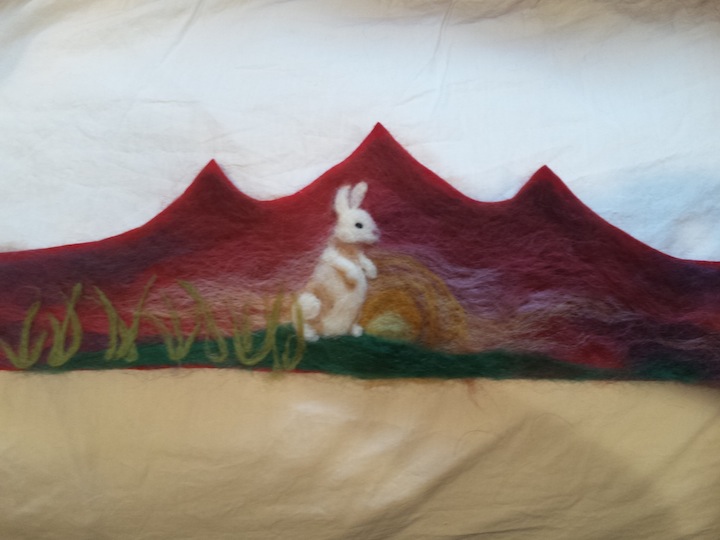
3. When you are happy with the image you’ve created, lay the felt with the image over the plain felt, and sew them together with your embroidery thread. The best stitch to use for this is the blanket stitch. Here’s a diagram, and there are also lots of tutorials online.
Sew the top and bottom of the crown, but leave the ends open, so that you’ll have a place to put in the elastic.
4. Now you need to create the elastic casing. I used my sewing machine for this to save time, but you could also do it by hand. Fold your fabric in half, wrong side out, and lay the elastic on top of it. Sew in a straight line to create a tube about 1/2 inch wider than your elastic.
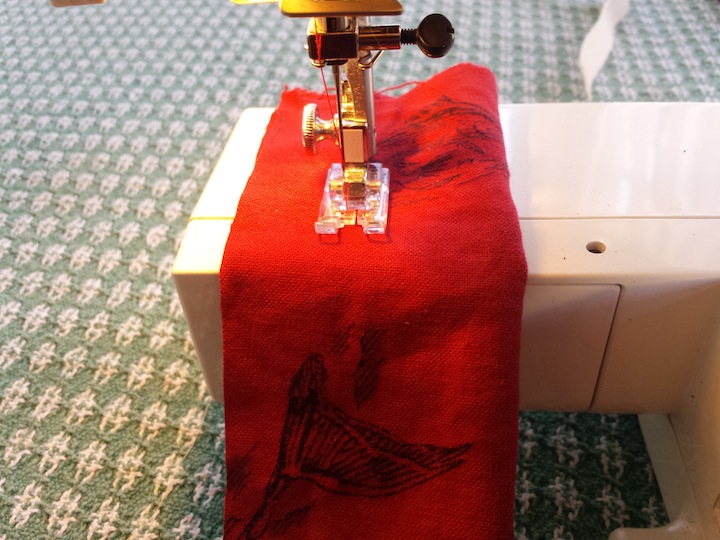
There’s a print on the fabric because I’m using an old pair of pajamas. The print won’t show when I turn it inside out.
Then turn the tube inside out, and thread the elastic through it. Now you’re ready to attach the elastic.
5. Put the tube, containing the elastic, in one side of the crown that you’ve left open, and use the blanket stitch again to secure it, sewing through all layers of the fabric.
6. Now your ready to fit the crown to your child. Put it on your child’s head, and pull the elastic so it’s tight enough to stay on, but loose enough to be comfortable. Mark this place on the elastic.
7. Push back the fabric tube over the elastic. Your goal is to gather the fabric around the elastic, so that the elastic will have room to stretch. You will probably need to feel this out and cut both the elastic and the tube so that they are the right size for your child. But note that the fabric tube needs to end up longer than the elastic. That’s what’s going to allow it to stretch.
8. When it seems like a good size, tuck the elastic, surrounded by the tube, into the other open end of the crown. I recommend just pinning it at this point so that you can do one final fitting. Then, assuming you’re happy with the fit, use the blanket stitch to sew up this final open part, again making sure to sew through all the layers– felt, elastic casing, elastic, felt.
That’s it! You’re all done, and ready to start planning a birthday festival to honor your child. Huzzah!
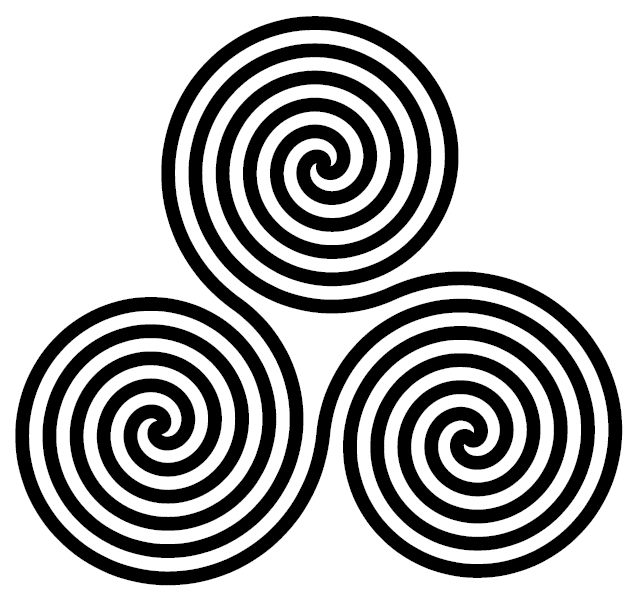
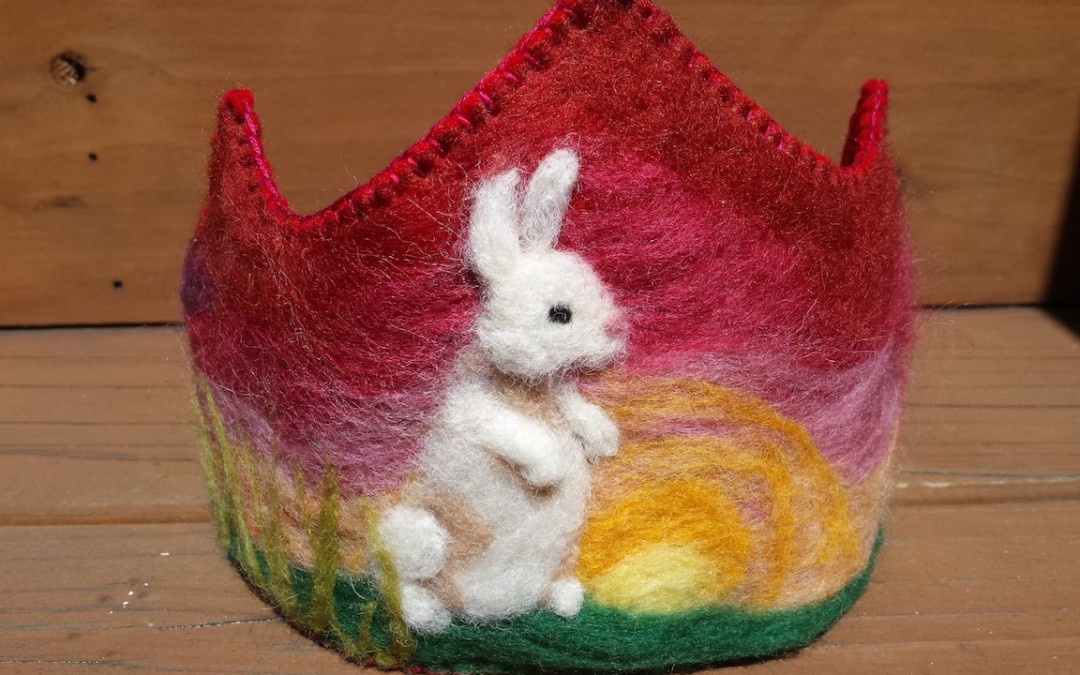
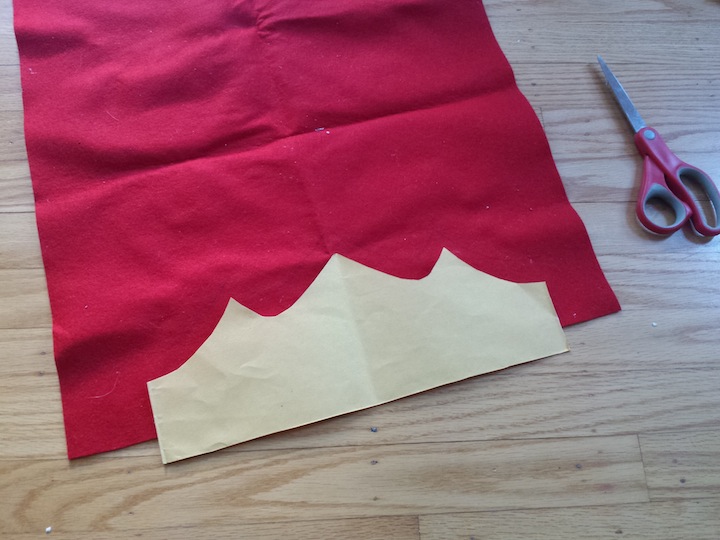
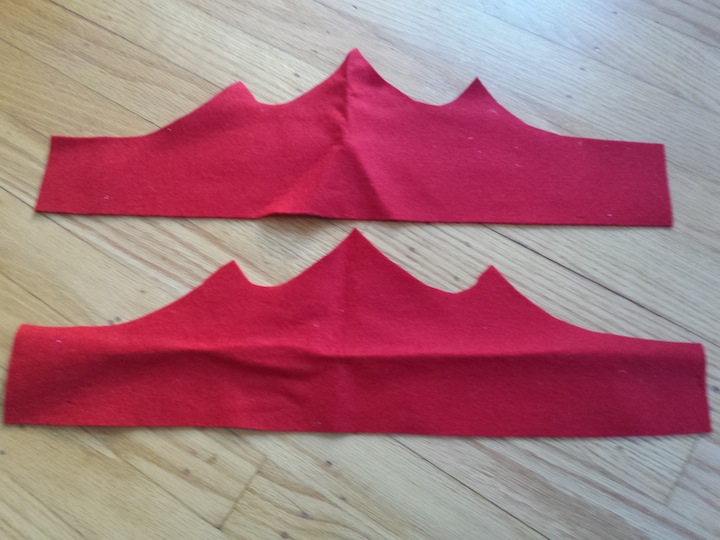
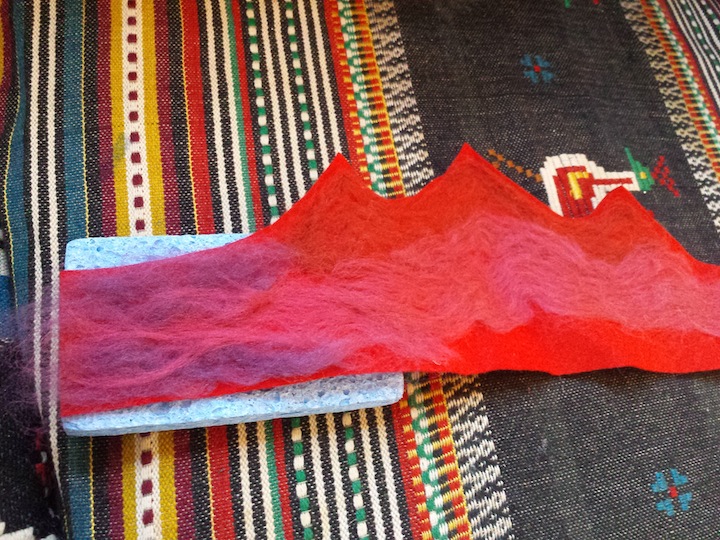
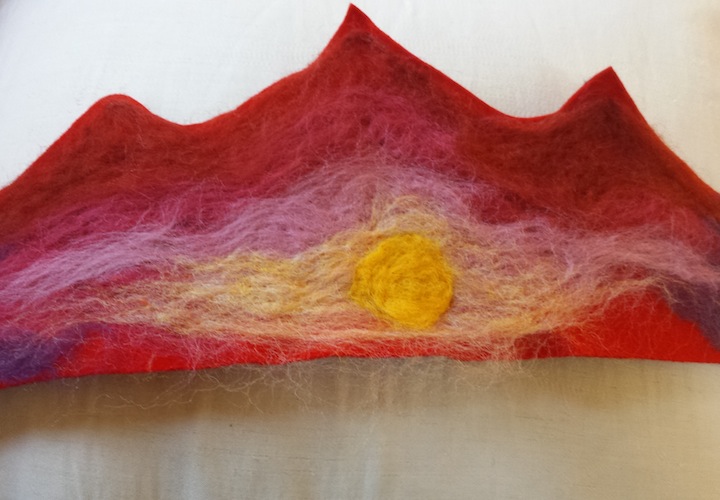
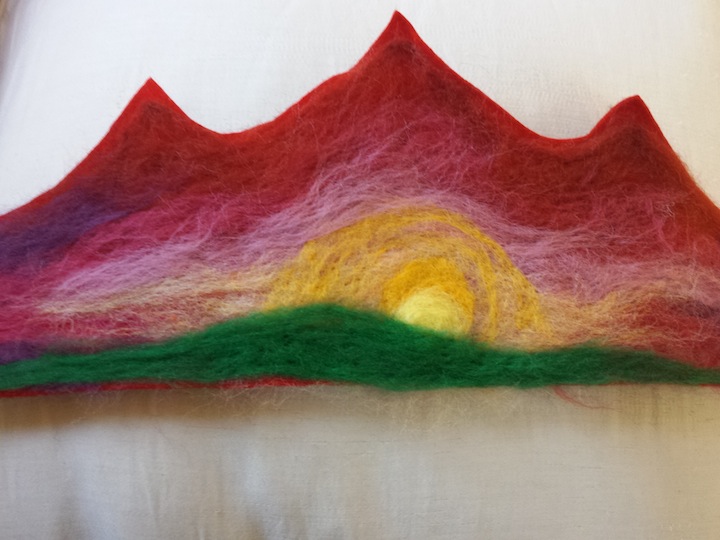
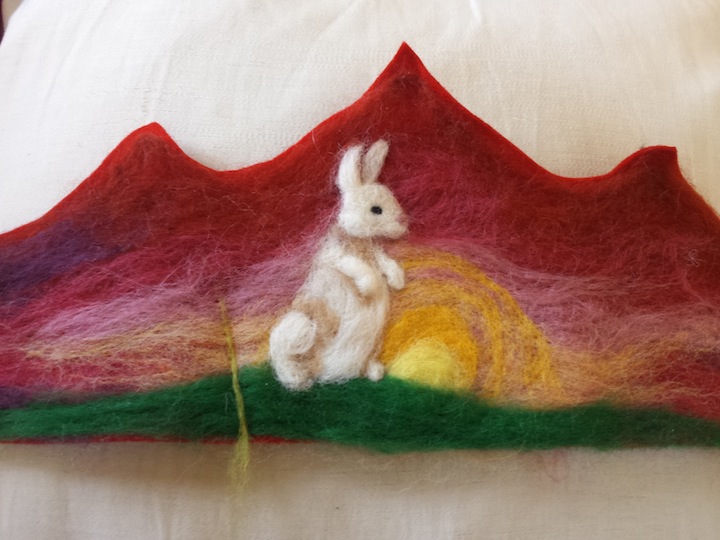
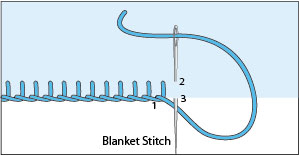
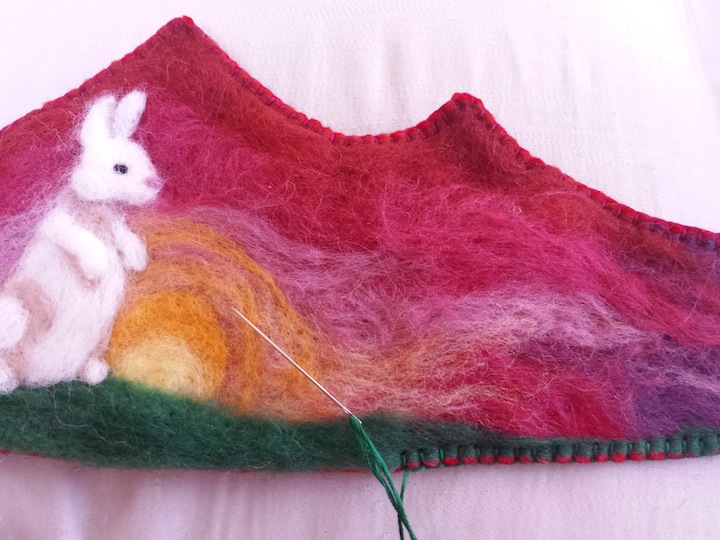
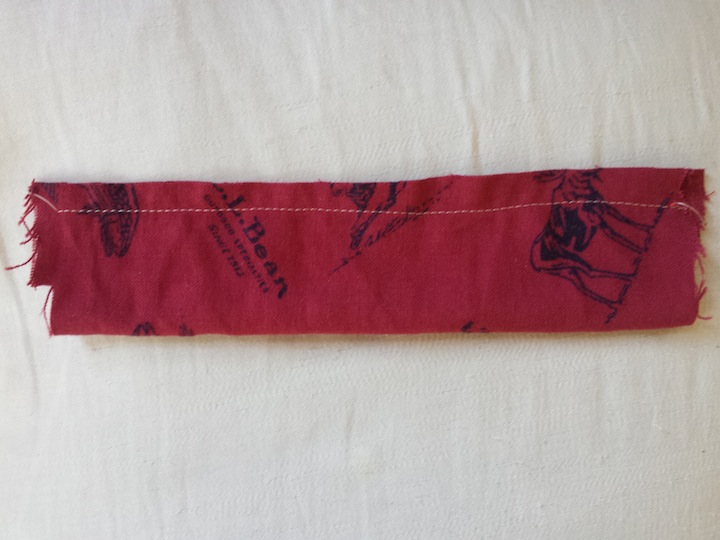
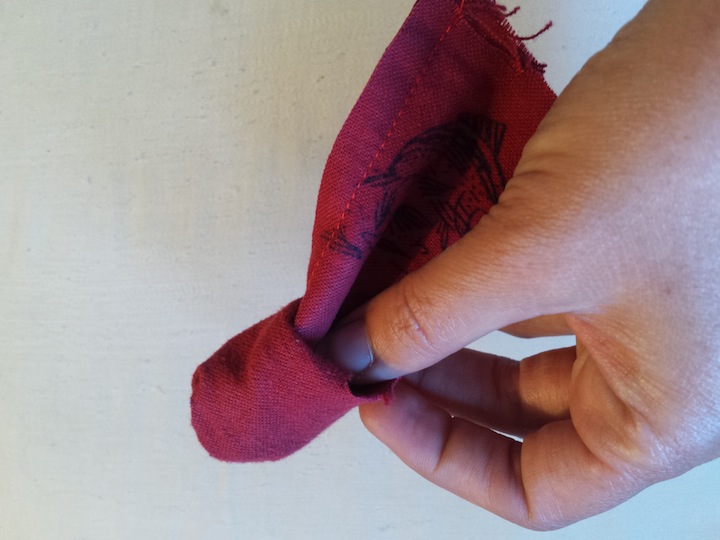
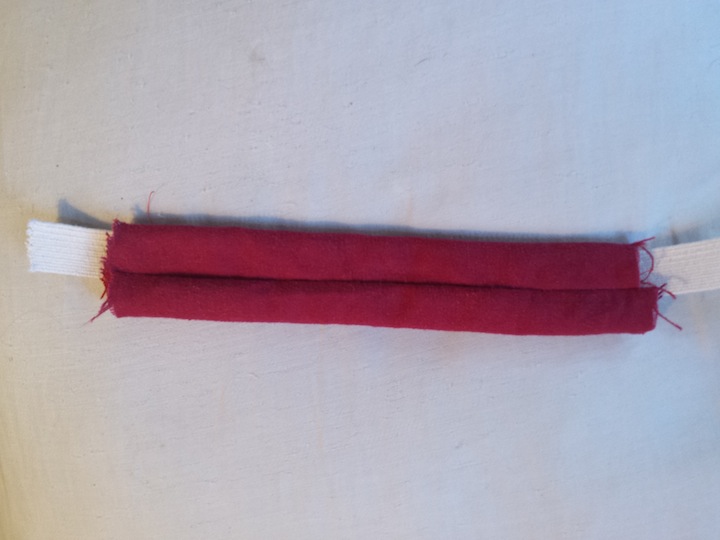
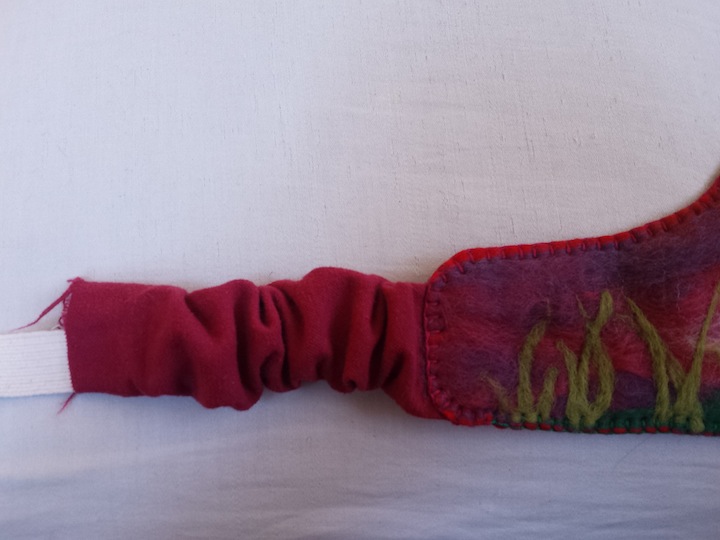

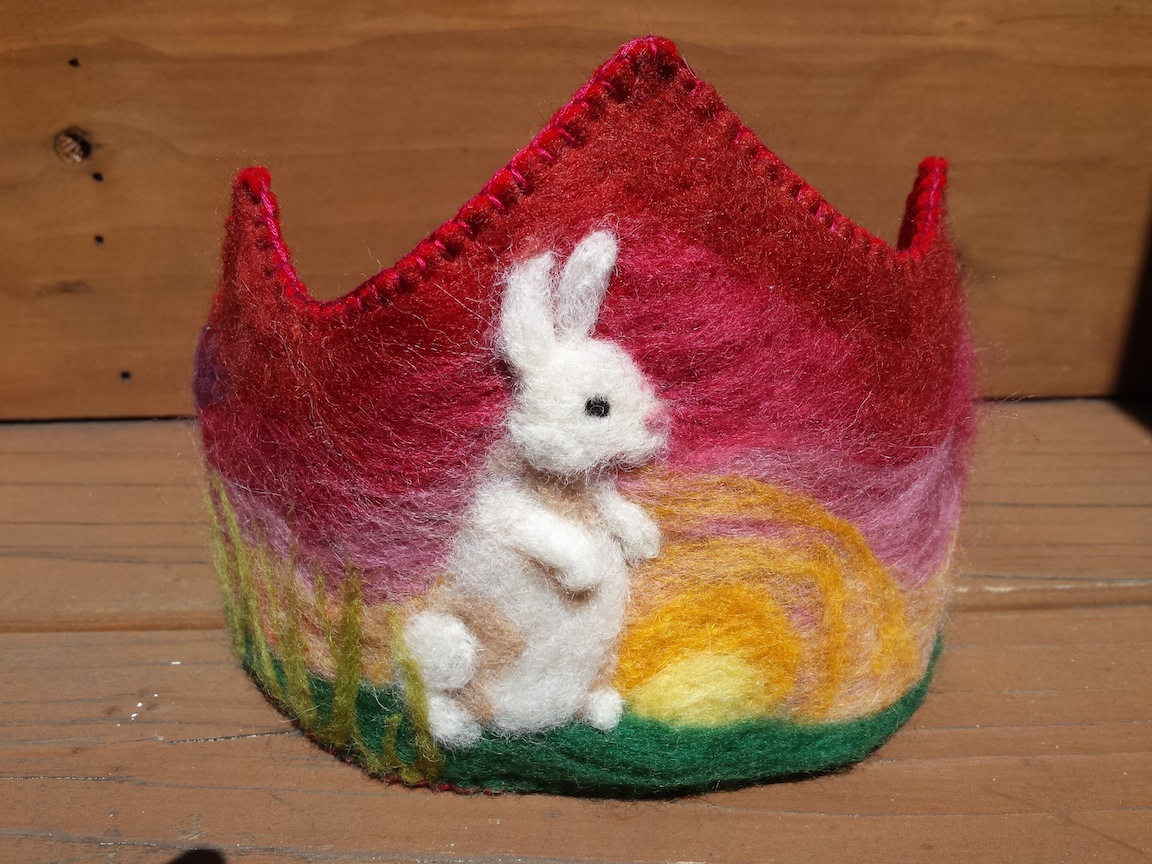
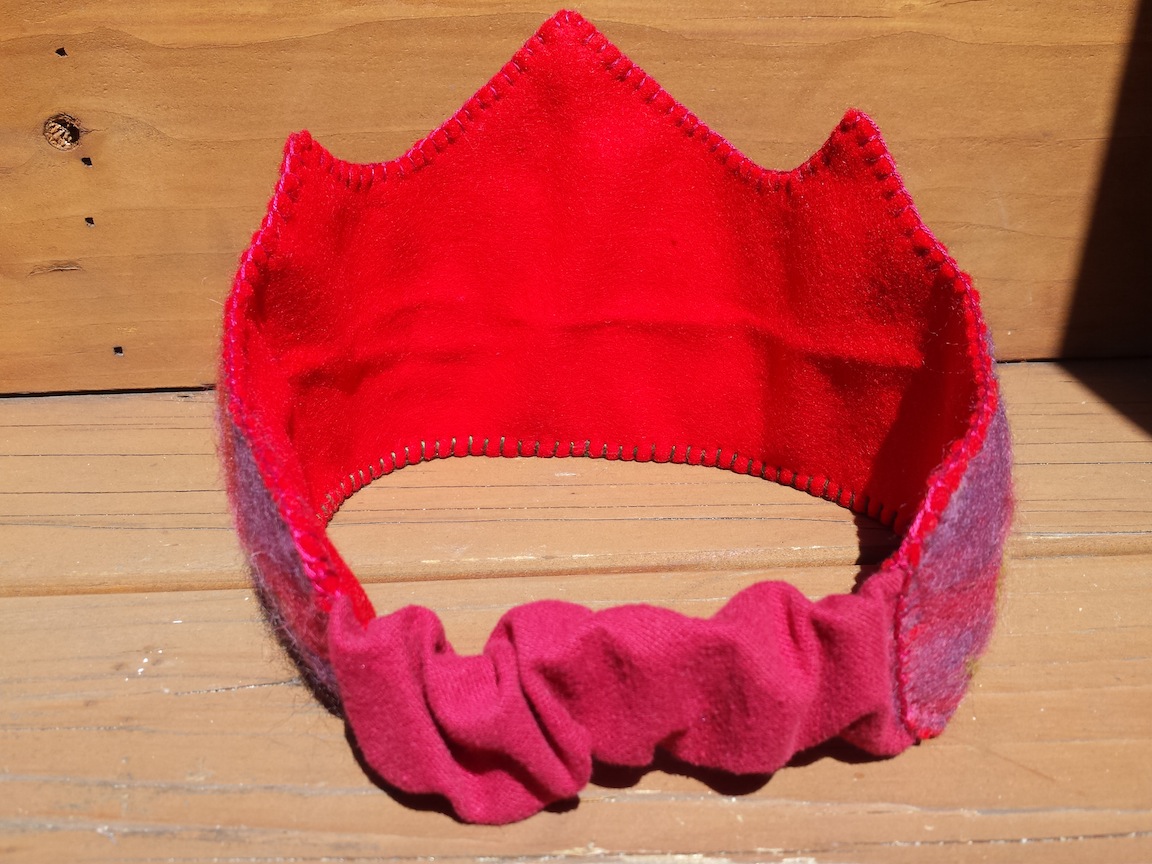
What a beautiful crown and great detailed instructions! Thank you so much for sharing it, can’t wait to try to make one myself.
Thank you! 🙂 If you do make one, I’d love to see what you come up with! Warmly, noe
Thank you for Sharing! This will bvbve my first and I wonder if wool rovinbg can be felted by needle to make base as I’m not sure where I would get the sheets, and even so I’m curioius. I especially appreciated seeing our handwork as a sacred art, weaving the lives of our families with love and I tension. MZB is a favorite!
Hi Ann, If you want to create the felt sheets from scratch, the best technique for that would be wet felting. Here’s a tutorial that shows how to do it: https://sarastexturecrafts.wordpress.com/2010/09/06/tutorial-a-guide-to-basic-wet-felt-making/
I buy flat sheets of felt at Weir crafts. They have many weights and colors.
Thanks for the comment! 🙂
Noe
Hi there,
I’m in the final steps whereas I’d be attaching the elastic.. how are you blanket stitching through the elastic?
Thanks a bunch!
Hi Summer, so glad to hear you’re trying it out! I’d love to see a picture when you’re done, if you care to share it… Re the elastic… If you’re talking about stitching through the elastic horizontally, across it to attach it, you don’t really have to use blanket stitch there. I think I did, but it’s a little tricky. It would work just as well to use a running stitch there since it’s a little finicky to do a blanket stitch when it’s not along an edge… Good luck! 🙂
I was just looking for a felt crown tutorial but clearly I needed to read your preface more. Your words from five (?) years ago rang true for the mother I am now and I wish I’d read this two years ago when I was pregnant with our second. I’ve been so caught up in the mundane parts of motherhood and getting through each day at work and evening at home that I haven’t seen the big of magic I can weave through the mundane. I just became a stay at home mom, and homeschooling mom to be, and this has been a sort of awakening to all that I could have done and what I can do going forward. Your words and experience triggered something good and I truly thank you. And I am looking forward to crafting crowns for my kids!
Dear Stephanie, thank you so much for your kind comment. I’m so glad to hear that you’ve been able to shift your life to spend more time with your children. And yes… That’s such an incredible life shift, and one that can bring so much new wisdom and grounding. I’m so glad you enjoyed the tutorial. If you’re ever looking for community during these days of homeschooling, I want to let you know about an event I lead – it’s a morning singalong for little ones. Here’s a link in case you’d like to check it out. Many blessings, Noe https://noevenable.lpages.co/sing-along-at-home-with-noe/